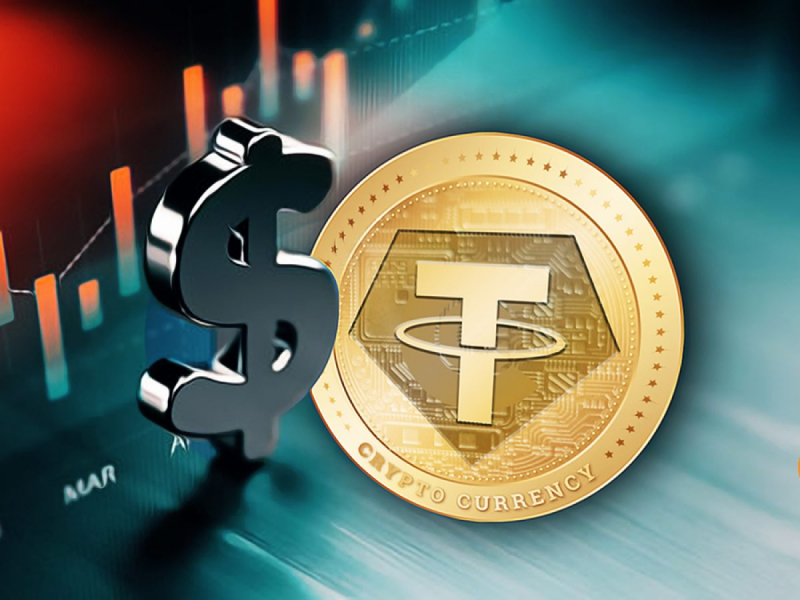Paolo Ardoino, CEO of stablecoin issuer Tether, was interviewed on December 27 and shared Tether’s journey, as well as its goals and challenges for the next decade. Ardoino also explained in an easy-to-understand way how stablecoins affect the global economy, especially their application in emerging markets.
The birth and vision of Tether
Tether was created in 2014 with the intention of combining blockchain technology with the world’s largest reserve currency, the U.S. dollar (USD), to create a new type of digital currency. Ardoino said that Tether is like a blockchain version of PayPal, which can make the cross-border flow of funds faster, more convenient and safer through blockchain technology.
Users deposit fiat currency into Tether’s bank account, and Tether will invest these funds in low-risk assets such as short-term U.S. Treasury bonds and issue a stablecoin USDT equivalent to the U.S. dollar. Users can use USDT for transactions and payments, and convert USDT back to fiat currency when needed. Ardoino said USDT has become the digital currency of choice for about 400 million people in the world. Tether invests these funds in low-risk assets such as short-term U.S. Treasury bonds and issues USDT (stablecoin) of equal value. Users can use USDT for transactions and payments, and exchange USDT back to fiat currency when needed. Tether has become the digital currency of choice for approximately 400 million people worldwide, with 35 million new digital wallets being created every quarter.
2017 was a breakthrough year for Tether, but then came numerous attacks
Ardoino said 2017 was a breakthrough year for Tether. With the rise of the ICO craze, many cryptocurrency exchanges have also begun to use USDT as digital dollars to make transactions more convenient. Many banks were initially unfriendly to cryptocurrency exchanges, but there was still a lot of demand in the market to be able to denominate and trade various cryptocurrencies in U.S. dollars. In this case, USDT solves this problem.
Although Tether has become the market’s top choice, Ardoino said that after 2017, many competitors began to emerge. Tether also faced scrutiny and attacks from the New York Attorney General and market speculators from 2019 to 2021. However, Ardoino said that Tether has proven the robustness of its asset reserves and has successfully coped with several market stress tests.
USDT becomes a lifeline for countries with high inflation and the first choice for emerging markets
Ardoino emphasized that although the United States and Europe have stable financial systems, there is not much demand for digital dollars such as USDT. But for countries with high inflation and imperfect financial systems such as Turkey and Argentina, especially when the local currency depreciates by 80%-98%, USDT is like a lifeline, providing financial stability for the younger generations and many families in these countries.
Ardoino added that about 3 billion people in the world do not have access to traditional financial services and are excluded from the banking system due to low income, high fees and other reasons. Therefore, USDT provides a way to access and save without the traditional financial system, which is particularly suitable for emerging markets in Africa, South America and Asia.
The future of decentralization, Tether’s new goal
Ardoino said that Tether is actively investing in Bitcoin mining and AI, and believes that the key to ensuring the security of the Bitcoin network is decentralized mining, which can effectively reduce risks. Regarding AI, Ardoino believes that the current development model is too centralized, with most data and computing power monopolized by a few technology giants. Therefore, AI must move toward a more privacy-protected and decentralized development model in the future.
Ardoino said that Tether currently holds 82,000 bitcoins and 44 tons of gold, and has also developed a peer-to-peer communication protocol Whole Punch, which aims to create instant messaging and live broadcast technology without a server. It is also added that Tether not only holds traditional and crypto assets as financial backing, but also continues to innovate on the technological level. “In the future, we will be more committed to promoting the development of decentralization and technological innovation and providing more diverse and secure financial services to global users,” Ardoino said confidently.






